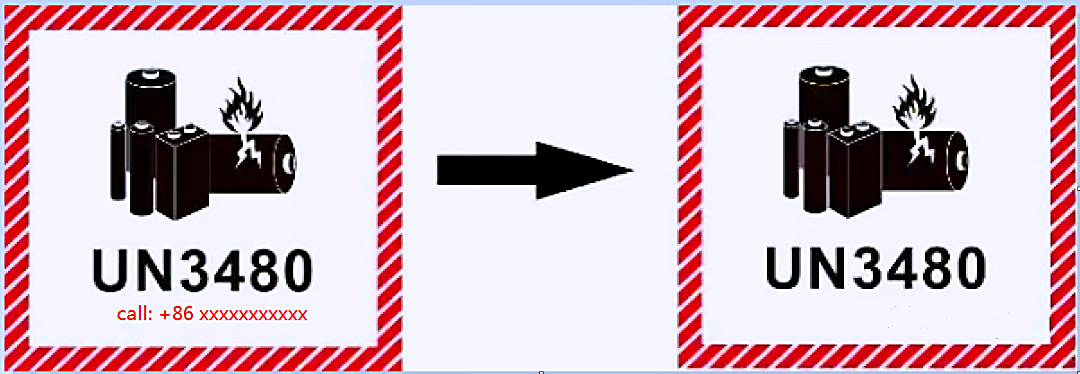? (+86)-0755-89205789 Ø ? sales@stusupplychain.com NVOCC:MOC-NV09192 | FMC:030310
- Article title
- Article summary
- Article content
- Multi Field Search
NEWS & BLOG
Views: 1337 Author: Site Editor Publish Time: 2022-10-26 Origin: Site
IATA DGR 64 revision (2023) and ICAO TI 2023~2024 have adjusted the air transport rules for various types of dangerous goods again, and the new rules will be implemented on January 1, 2023.

The IATA DGR 64 revision in 2023 involves the following five major changes related to the transportation of lithium batteries by air shipping.
Beginning on January 1, 2023, according to the newly revised 3.9.2.6.1, the requirement to provide a test summary when coin cell cells are installed in equipment for shipment will be removed.

A154: It is prohibited to transport lithium ion cells or batteries and lithium metal cells or batteries that have been identified as having a safety defect that could result in a dangerous thermal runaway, fire or short circuit (e.g., for safety reasons or that cannot be determined to have defective cells or batteries recalled by the manufacturer).

Packing Instructions PI 965 IB and PI 968 IB have been revised to add 3m stacking test requirements. Requires that each package must be able to withstand a pressure equivalent to the total weight of the same package stacked to a height of 3 m (including the test sample) applied to its top surface for 24 hours without damage to the cells or batteries contained therein and The package must be free of damage that could adversely affect transport safety.

The Overpack section of Packing Instructions PI 966 II, PI 967 II, PI 969 II and PI 970 II has been revised to require that when packages are placed in an overpack, these packages must be securely fastened to the overpack. packages, and overpacks shall not interfere with the intended function of each package.

From January 1, 2023, the lithium battery operation label will be revised to remove the requirement to display the phone number on the label. There is a transition period until December 31, 2026, before which the existing lithium battery operation labels can continue to be used.

In response to the changes in the above five items, we hereby remind enterprises that need to transport lithium batteries separately that the lithium battery packaging box must not only withstand the 1.2m drop test, but also pass the 3m stacking test requirements. For enterprises that need to transport lithium battery equipment such as mobile phones and laptops, it is also necessary to pay attention to the packaging of multiple boxes on pallets or pallets, etc., to ensure that the packaging of a single box is safe and firm without being overly squeezed.